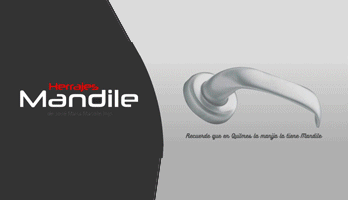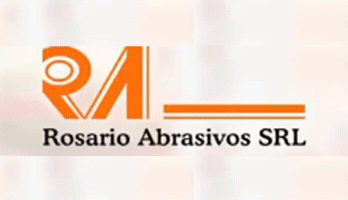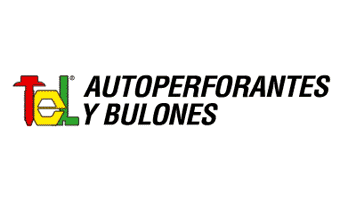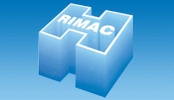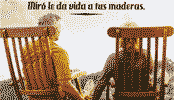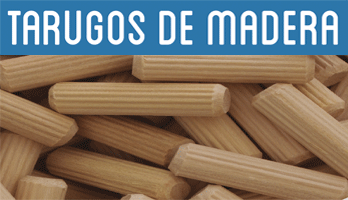
Uruguay toma impulso en exportaciones de madera aserrada a China y Vietnam
En el caso de la madera aserrada, se ha sumado al servicio desde fines del 2017 y ha tomado importante impulso en volúmenes de 15 a 20 contenedores semanales con destino a Vietnam y China.
En el caso de la madera aserrada, se ha sumado al servicio desde fines del 2017 y ha tomado importante impulso en volúmenes de 15 a 20 contenedores semanales con destino a Vietnam y China. La madera proviene de Tacuarembó en camión hasta Paysandú, donde se carga en contenedores de 40 pies y se lleva al puerto para embarcar en el “Provincias Unidas” y allí comienza su viaje hasta su destino final.

IT MAY INTEREST YOU
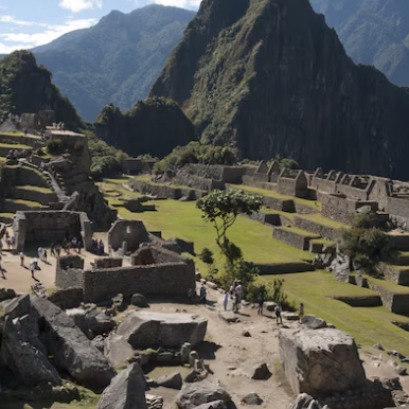 Reforestation advances in the Historic Sanctuary of Machu Picchu with new restored hectares
Reforestation advances in the Historic Sanctuary of Machu Picchu with new restored hectares
The plan includes the planting of a thousand new trees in the sanctuary, in response to the damage caused by forest fires and environmental threats, with the support of local authorities and representatives of the tourism sector.
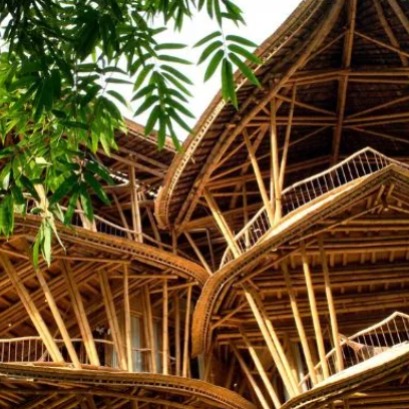 The South American country that changes construction thanks to an ancient, mega-resistant material: more than steel
The South American country that changes construction thanks to an ancient, mega-resistant material: more than steel
This material that grows in South America creates the most resistant constructions and radically changes the world of architecture One particular building material has been used for millennia by various cultures in South America. This is due to its structural resistance that allows the creation of homes, bridges and shelters. Its archaeological presence shows that it was one of the most valued construction resources in seismic and humid areas.
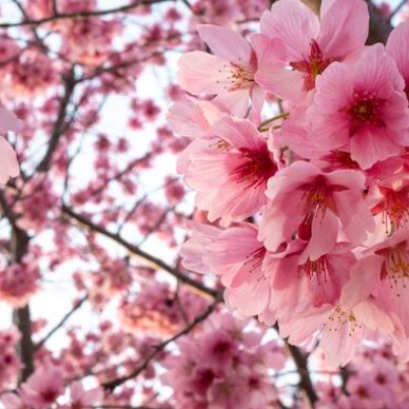 Color the streets pink and white in spring: which is the most beautiful tree in the world and why, according to AI
Color the streets pink and white in spring: which is the most beautiful tree in the world and why, according to AI
Its delicate branches, the soft tones of its petals and the harmonious shape of the tree make it an almost poetic image.






